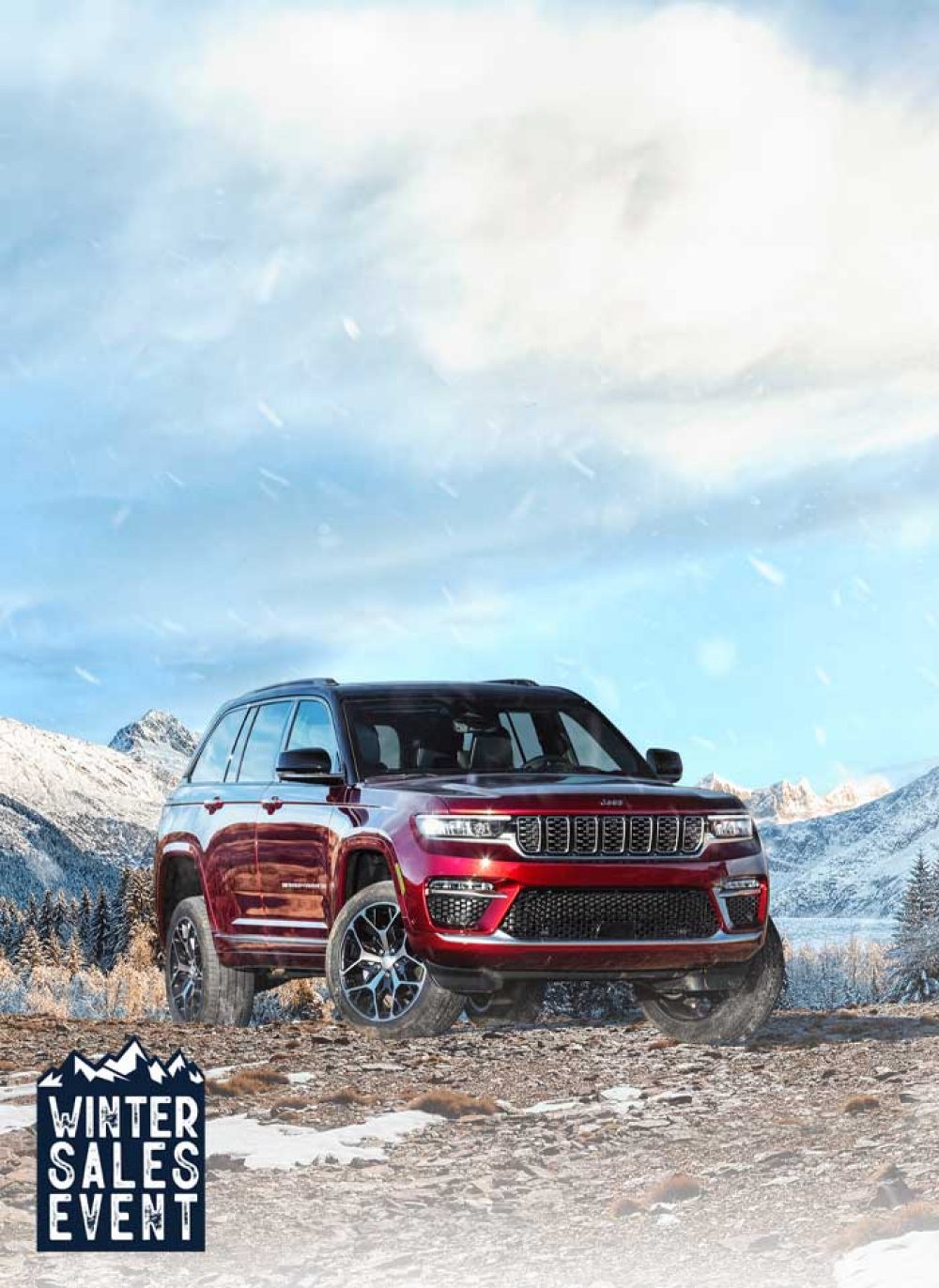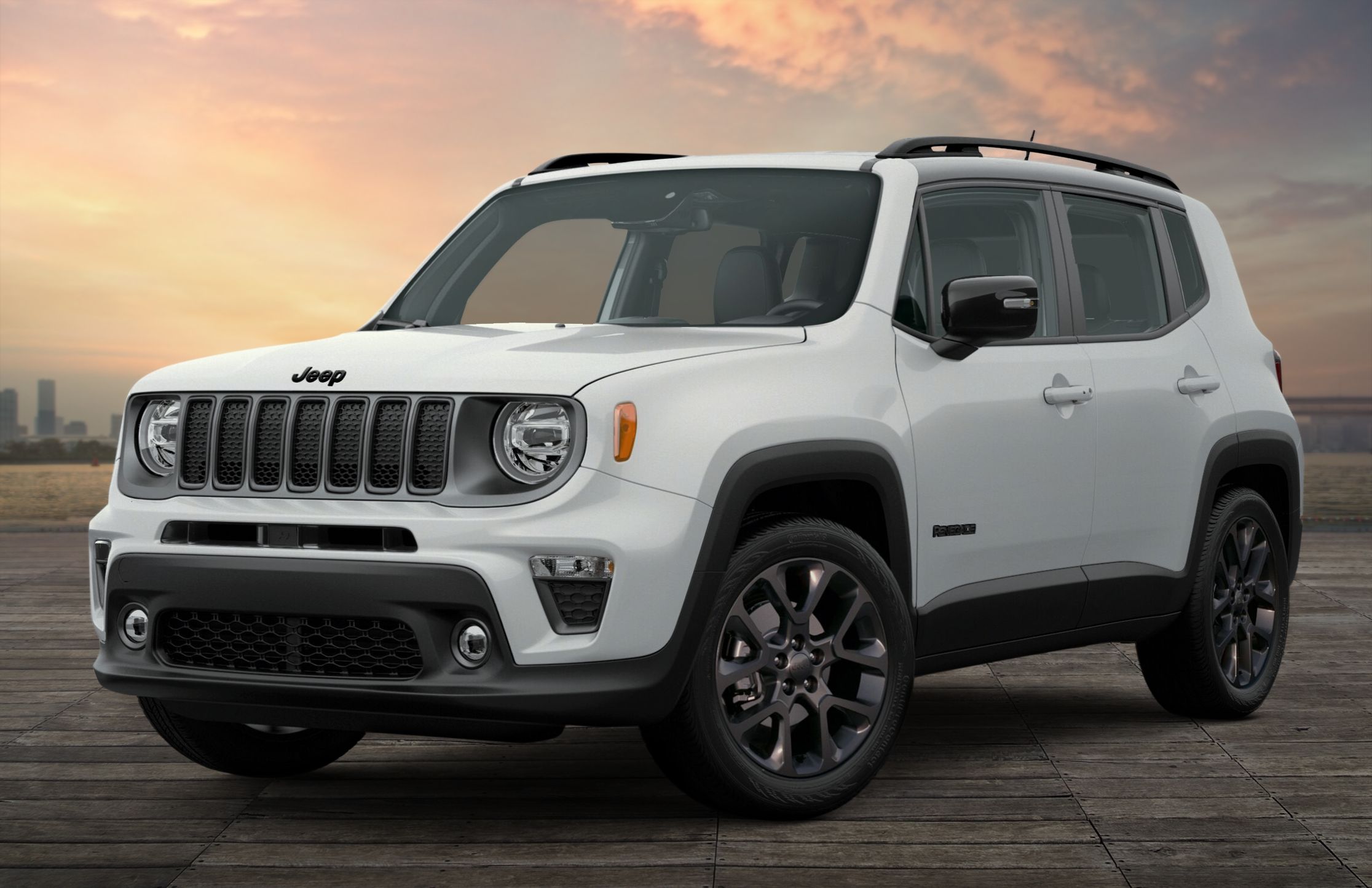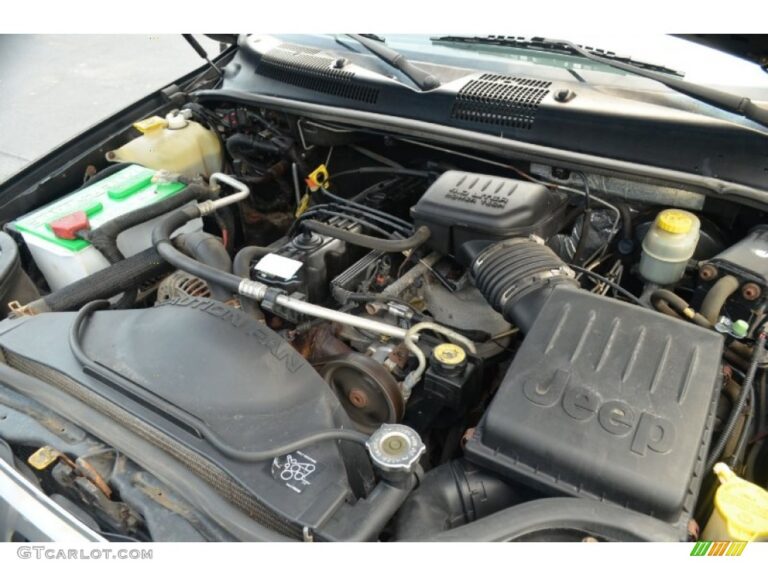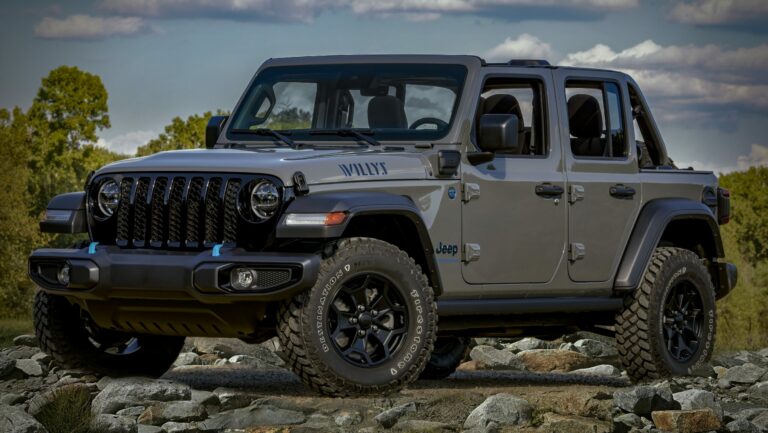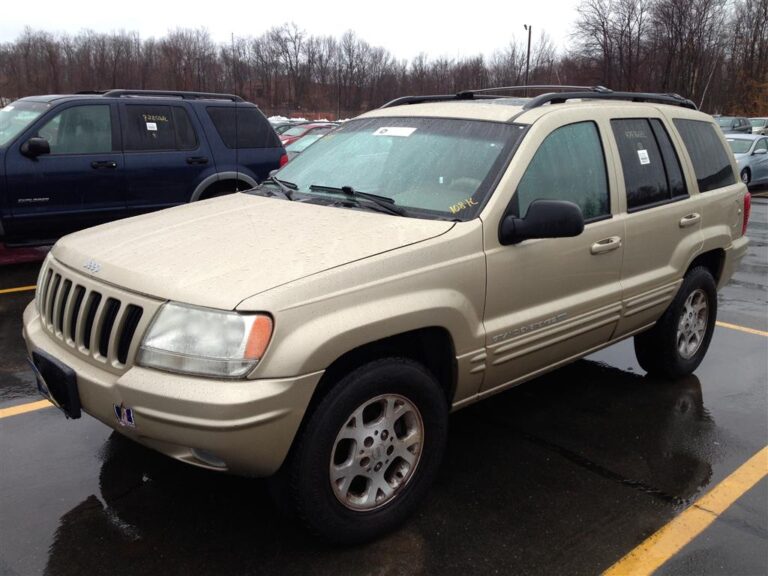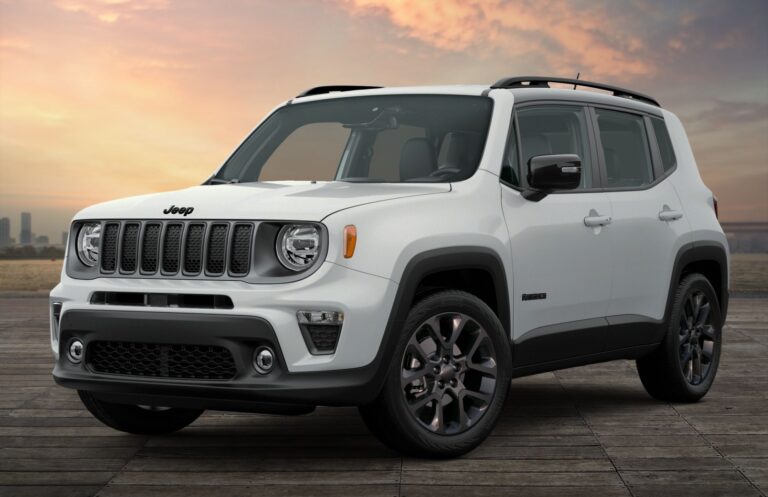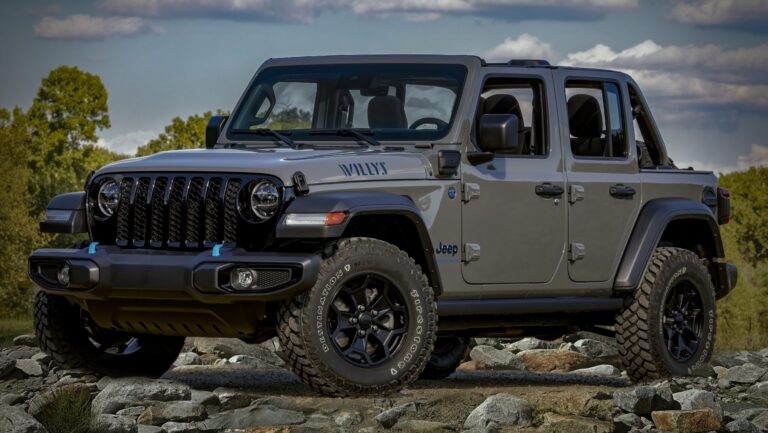Jeep YJ Rims For Sale: A Comprehensive Guide to Upgrading Your Classic Wrangler
Jeep YJ Rims For Sale: A Comprehensive Guide to Upgrading Your Classic Wrangler jeeps.truckstrend.com
The Jeep YJ Wrangler, produced from 1987 to 1995, holds a special place in the hearts of off-road enthusiasts and classic vehicle lovers alike. Known for its iconic square headlights and robust leaf-spring suspension, the YJ is a capable and timeless machine. While its stock configuration is respectable, one of the most impactful upgrades you can make to a Jeep YJ, both aesthetically and functionally, is a new set of rims. Whether you’re looking to enhance its off-road prowess, accommodate larger tires, or simply give your beloved Wrangler a fresh new look, understanding the world of Jeep YJ rims for sale is crucial.
This comprehensive guide will navigate you through everything you need to know about purchasing rims for your YJ, from understanding essential specifications to finding the best deals and ensuring a perfect fit. By the end, you’ll be well-equipped to make an informed decision that elevates your YJ’s performance and curb appeal.
Jeep YJ Rims For Sale: A Comprehensive Guide to Upgrading Your Classic Wrangler
Why Upgrade Your Jeep YJ Rims?
Upgrading your Jeep YJ’s rims isn’t just about superficial changes; it’s a strategic move that impacts multiple aspects of your vehicle.
- Aesthetics and Personalization: The most immediate impact of new rims is the visual transformation. Rims are a major style statement, allowing you to personalize your YJ to reflect your taste – whether that’s a classic chrome look, a rugged blacked-out finish, or something entirely unique. They can instantly modernize an older YJ or enhance its vintage appeal.
- Performance Enhancement: Lighter alloy rims can reduce unsprung weight, potentially improving acceleration, braking, and overall ride quality. Specific rim designs can also aid in brake cooling.
- Off-Road Capability: For the serious off-roader, rims play a critical role. Proper backspacing and offset are essential for clearing larger tires without rubbing on suspension components or fenders, especially when combined with a lift kit. Certain rim types, like beadlocks, are designed to allow extremely low tire pressures for maximum traction on challenging terrain.
- Tire Compatibility: If you’re planning to install larger or wider tires, your stock rims may not be suitable. Aftermarket rims are often available in a wider range of diameters and widths to properly seat and support larger tires, ensuring optimal contact patch and safety.
- Replacing Damaged or Worn Rims: Over time, rims can suffer from curb rash, bends, cracks, or rust (especially steel rims). Replacing them is necessary for safety and to restore the vehicle’s appearance.

Understanding Jeep YJ Rim Specifications: The Non-Negotiables
Before you even start browsing Jeep YJ rims for sale, you must understand the critical specifications that determine compatibility and performance.
- Bolt Pattern: The Absolute Must-Know

The single most important specification for any rim is its bolt pattern. For the Jeep YJ Wrangler, this is 5×4.5 inches (or 5×114.3mm). This means the rim has 5 lug holes, and the circle on which these holes are located has a diameter of 4.5 inches. You absolutely cannot deviate from this bolt pattern. Attempting to fit a rim with a different bolt pattern will either be impossible or extremely dangerous. - Diameter (Size): 15", 16", 17" and Beyond
This refers to the rim’s overall diameter, typically measured in inches.- 15-inch: The most common stock size for YJs and a popular choice for off-roading. It allows for a taller tire sidewall, which provides more flex for off-road articulation and a smoother ride over rough terrain. Tires for 15-inch rims are often more affordable.
- 16-inch & 17-inch: Increasingly popular for YJs, especially when running larger tires (e.g., 33-inch or 35-inch). These sizes offer less sidewall flex but can provide better on-road handling and allow for larger brake components (though this is less common for YJs). They also open up a wider range of modern tire choices.
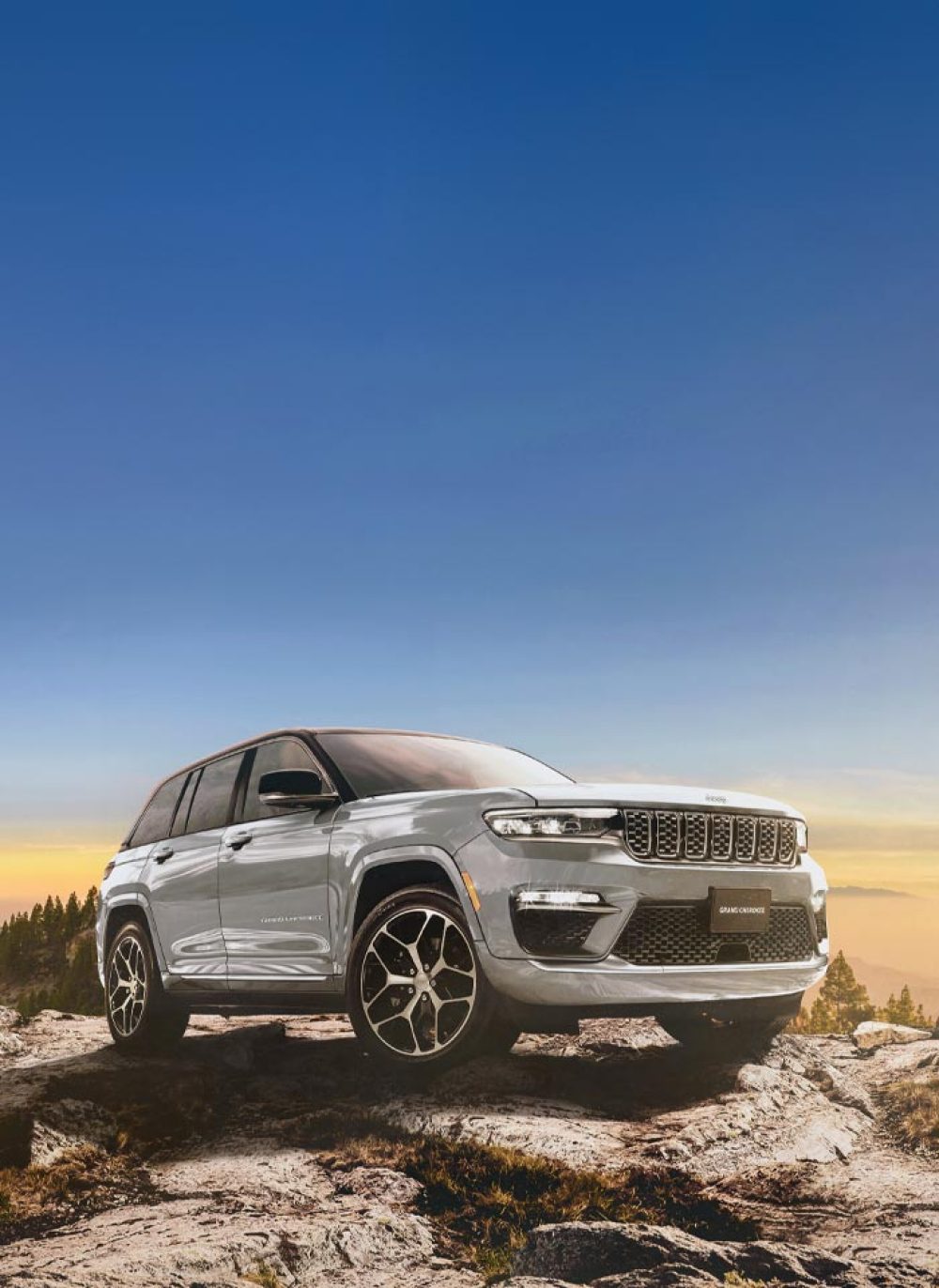
- Width: From 7" to 10" (or more)
Rim width is crucial for proper tire fitment. It’s measured from bead seat to bead seat.- 7-8 inches: Common for stock or slightly larger tires (e.g., 31-inch).
- 9-10 inches: Ideal for wider tires (e.g., 12.5-inch wide tires) as it provides a stable base, preventing the tire from looking "pinched" or having an unstable bead.
- Rule of Thumb: A tire’s width should generally be compatible with the rim’s width. For example, a 12.5-inch wide tire typically performs best on an 8-inch or 10-inch wide rim.
- Backspacing and Offset: Crucial for Tire Clearance
These two terms describe how far the rim sits in or out from the vehicle’s hub. They are critical for preventing tire rub on suspension components, frame, or fender flares, especially when running larger tires or a lift kit.- Backspacing: The distance from the mounting surface of the rim (where it bolts to the hub) to the inner edge of the rim.
- Higher backspacing means the rim sits further in (closer to the vehicle).
- Lower backspacing means the rim sits further out (away from the vehicle).
- For a lifted YJ with larger tires (e.g., 33-inch), a backspacing of around 3.75" to 4.5" is commonly recommended to push the tires out and clear the leaf springs and frame. Stock YJ backspacing is typically around 5.25".
- Offset: The distance from the mounting surface to the true center line of the rim.
- Positive Offset: The mounting surface is closer to the outside of the rim’s centerline (rim sits further in).
- Negative Offset: The mounting surface is closer to the inside of the rim’s centerline (rim sits further out).
- Zero Offset: The mounting surface is exactly at the rim’s centerline.
- Relationship: Lower backspacing generally corresponds to a more negative offset, pushing the wheels out for a wider stance. Many off-road rims have negative offset.
- Backspacing: The distance from the mounting surface of the rim (where it bolts to the hub) to the inner edge of the rim.
- Center Bore:
This is the hole in the center of the rim that fits over the vehicle’s hub. While less critical for YJs (which are typically lug-centric, meaning the lug nuts center the wheel), some aftermarket rims are hub-centric and require a specific center bore or hub rings to ensure proper balance and prevent vibrations.
Types of Jeep YJ Rims
Rims come in various materials and designs, each with its own advantages and disadvantages.
- Material:
- Steel Rims:
- Pros: Very durable, inexpensive, easily repairable (can be hammered back into shape), good for heavy-duty off-roading, classic look.
- Cons: Heavy (increases unsprung weight), prone to rust, limited aesthetic options. Often found as stock rims or basic aftermarket options.
- Alloy Rims (Aluminum):
- Pros: Lighter (improves performance, fuel economy), better heat dissipation (good for brakes), wide variety of styles, finishes, and colors. Most common aftermarket choice.
- Cons: More expensive, can crack or bend more easily than steel (though modern alloys are very strong), difficult to repair once damaged.
- Forged Rims:
- Pros: Extremely strong and light, made through a forging process that aligns the metal’s grain structure for superior strength.
- Cons: Very expensive, typically found in high-performance or racing applications.
- Steel Rims:
- Design/Function:
- Standard (One-Piece) Rims: The most common type, where the rim is a single, solid piece. Suitable for all types of driving, including daily use and most off-roading.
- Beadlock Rims:
- Function: Feature an outer ring that clamps the tire bead onto the rim, preventing the tire from "de-beading" (coming off the rim) when running extremely low tire pressures (e.g., 5-8 PSI) for maximum traction on rocks or sand.
- Pros: Essential for hardcore rock crawling and extreme off-roading.
- Cons: Often not DOT (Department of Transportation) approved for street use (check local laws), require more maintenance (checking bolts), heavier, and expensive.
- Simulated Beadlock Rims: Look like beadlocks but do not have the functional clamping ring. They offer the aesthetic appeal without the performance benefits or legal drawbacks. Good for those who like the rugged look but don’t need true beadlock functionality.
Where to Find Jeep YJ Rims For Sale
The market for Jeep YJ rims for sale is vast, offering both new and used options.
- New Rims:
- Online Retailers: The largest selection can be found on dedicated off-road and automotive parts websites like Quadratec, ExtremeTerrain, 4 Wheel Parts, Summit Racing, Morris 4×4 Center, and Northridge4x4. Amazon and eBay also carry a wide range. These often offer competitive pricing and direct shipping.
- Local Off-Road Shops: Many specialized 4×4 shops carry a selection of popular rim brands and can offer expert advice and installation services.
- Tire Shops: Major tire chains (e.g., Discount Tire, Les Schwab) sell and install rims, often as part of a tire/wheel package.
- Manufacturer Websites: Brands like American Racing, Pro Comp, Method Race Wheels, Black Rhino, and XD Series have their own websites where you can browse their full product lines.
- Used Rims:
Buying used can save you money, but requires careful inspection.- Online Classifieds & Marketplaces: Facebook Marketplace, Craigslist, and local classified websites are excellent sources for used rims. Be prepared to travel to inspect them in person.
- Jeep Forums & Groups: Dedicated Jeep YJ forums and Facebook groups often have "for sale" sections where enthusiasts sell their old parts. You might find great deals from fellow Jeepers who understand the vehicle.
- Junkyards/Salvage Yards: A long shot, but sometimes you can find usable stock or aftermarket rims in salvage yards. Thorough inspection is critical.
- Off-Road Swap Meets: These events are treasure troves for used parts and gear.
Tips for Buying Used Rims:
- Inspect Thoroughly: Look for cracks, deep gouges, significant curb rash, bends, or flat spots. Rotate the rim to check for wobbles.
- Check for Rust (Steel Rims): Surface rust is manageable, but deep, pitting rust can compromise integrity.
- Verify Bolt Pattern: Bring a tape measure or a lug wrench to confirm the 5×4.5" pattern.
- Check Lug Seat Areas: Ensure the tapered seats where the lug nuts sit are not damaged or worn, as this can lead to improper tightening and wheel wobble.
- Ask About History: Inquire about how the rims were used (daily driver, off-roading) and why they are being sold.
Important Considerations Before Buying
Making the right choice for your YJ involves more than just finding a good deal.
- Budget: Rims can range from under $100 per wheel for basic steel to several hundred dollars for high-end alloys or beadlocks. Set a realistic budget for a set of five (don’t forget the spare!).
- Intended Use:
- Daily Driver: Prioritize durability, low weight (for fuel economy), and aesthetics. Alloy rims are often preferred.
- Light Trails/Overlanding: A balance of strength, weight, and aesthetics. Standard alloys or even steel can work well.
- Hardcore Rock Crawling: Strength and functionality are paramount. Steel rims or true beadlocks might be your best bet, along with specific backspacing for maximum articulation.
- Current/Planned Tire Size: This is a major factor. If you plan to run 33-inch or larger tires, you’ll almost certainly need new rims with specific backspacing and width to avoid rubbing. Consult tire manufacturers’ recommendations for optimal rim width.
- Lift Kit: If your YJ has a lift kit (or you plan to install one), this directly influences the required backspacing to ensure adequate tire clearance during suspension articulation.
- Aesthetics: What look are you trying to achieve? Chrome, polished, matte black, machined, or a specific color? Consider how the rims will complement your YJ’s paint color and other accessories.
- Brand Reputation: Stick with reputable manufacturers known for quality and durability. Read reviews from other Jeep owners.
- Shipping Costs: Rims are heavy and bulky. Factor in significant shipping costs if buying online, especially for a full set.
- Return Policy: Understand the seller’s return policy, particularly if buying online.
Installation and Maintenance Tips
Once you’ve acquired your new rims, proper installation and ongoing maintenance are key to their longevity and your safety.
- Professional Installation vs. DIY: While installing rims is generally straightforward, mounting and balancing tires require specialized equipment. It’s often best to have a professional tire shop mount your tires on the new rims and balance the entire assembly. They can also ensure proper lug nut torque.
- Lug Nuts: Ensure you have the correct type of lug nuts for your new rims. Aftermarket rims often require different lug nuts (e.g., spline drive or specific taper) than stock. Never reuse old, damaged, or mismatched lug nuts.
- Torque Specifications: Always tighten lug nuts to the manufacturer’s specified torque. For a Jeep YJ, this is typically around 90-100 ft-lbs. Use a torque wrench.
- Re-torque: After driving 50-100 miles on new rims, re-torque your lug nuts. This is crucial as they can sometimes loosen slightly after initial installation.
- Wheel Balancing: Properly balanced wheels prevent vibrations at speed, ensure even tire wear, and contribute to a smoother ride.
- Regular Cleaning: Clean your rims regularly, especially if you go off-roading. Mud, dirt, and road salt can corrode finishes and lead to premature wear. Use appropriate wheel cleaners for your rim’s finish (e.g., acid-free cleaners for polished or chrome rims).
- Inspect Periodically: During tire rotations or regular maintenance, visually inspect your rims for any signs of damage, cracks, or bends.
Jeep YJ Rims For Sale: Sample Price Table
This table provides a general overview of typical price ranges for new Jeep YJ rims. Prices can vary significantly based on brand, finish, specific features, and sales. Used rims will generally be 30-70% lower than these new prices, depending on condition.
| Rim Type (Material) | Diameter | Width | Backspacing (Common) | Typical Price Range (Per Rim, New) | Notes |
|---|---|---|---|---|---|
| Basic Steel | 15" | 7" – 8" | 3.75" – 4.5" | $60 – $120 | Durable, heavy, prone to rust, classic/rugged look. |
| Entry-Level Alloy | 15" | 8" | 3.75" – 4.0" | $120 – $200 | Lighter than steel, variety of basic finishes (black, silver). |
| Mid-Range Alloy | 15" – 17" | 8" – 9" | 3.75" – 4.5" | $180 – $300 | Popular brands (Pro Comp, American Racing), diverse styles/finishes. |
| Premium Alloy | 16" – 17" | 8.5" – 10" | 3.75" – 4.5" | $300 – $500+ | High-end brands (Method, Black Rhino), specialized designs, lighter. |
| Simulated Beadlock | 15" – 17" | 8" – 9" | 3.75" – 4.0" | $150 – $350 | Alloy, offers the "beadlock look" without the functionality. |
| True Beadlock | 15" – 17" | 8" – 9" | 3.5" – 4.0" | $350 – $600+ | Alloy or Steel, for extreme off-roading. Often not street legal. |
Frequently Asked Questions (FAQ) about Jeep YJ Rims
Q1: What is the exact bolt pattern for a Jeep YJ Wrangler?
A1: The Jeep YJ Wrangler uses a 5×4.5 inch (or 5×114.3mm) bolt pattern. This is non-negotiable.
Q2: Can I put 17-inch rims on my Jeep YJ?
A2: Yes, you can. While 15-inch rims were stock, many YJ owners upgrade to 16-inch or 17-inch rims, especially when running larger tires. Just ensure the rim width, backspacing, and tire size are compatible to prevent rubbing.
Q3: Do I need beadlock rims for my YJ?
A3: True beadlock rims are generally only necessary for extreme off-roading, like rock crawling, where you need to run very low tire pressures (under 10 PSI) for maximum traction. For general trail riding or daily driving, standard alloy or steel rims are perfectly adequate and more practical.
Q4: What’s the best backspacing for a lifted YJ running 33-inch tires?
A4: For a lifted YJ with 33-inch (or 35-inch) tires, a backspacing of approximately 3.75 inches to 4.5 inches is commonly recommended. This pushes the wheels out slightly, providing crucial clearance from the leaf springs and frame at full steering lock and during suspension articulation.
Q5: Are steel or alloy rims better for off-roading on a YJ?
A5: It depends on your priority.
- Steel rims are heavier but more durable and easier to repair (you can often hammer out a bend). They are a good choice for severe impacts or budget-conscious builds.
- Alloy rims are lighter, which can improve performance and fuel economy. They offer a wider range of styles and finishes. While generally strong, they are more prone to cracking or deforming permanently under extreme impact and are harder to repair than steel. Many serious off-roaders still prefer alloys for their balance of strength and weight.
Q6: How do I know if used rims are in good condition?
A6: Thoroughly inspect them for cracks, deep gouges, bends (visually check for wobbles), and significant curb rash. For steel rims, check for deep rust pitting. Also, examine the lug nut seats for wear or damage. If possible, have them spun on a balancer to check for true-ness before purchase.
Q7: Will new rims affect my YJ’s speedometer?
A7: The rims themselves won’t affect the speedometer. However, if you install tires that are significantly larger or smaller in overall diameter than your stock tires, your speedometer and odometer will read inaccurately. You may need a speedometer gear change or an electronic calibrator to correct this.
Conclusion
The journey of finding Jeep YJ rims for sale is an exciting one, offering the chance to significantly transform your classic Wrangler. By understanding the critical specifications like bolt pattern, diameter, width, and especially backspacing, you can ensure a perfect fit that not only enhances your YJ’s aesthetics but also improves its performance and capability, particularly for off-road adventures.
Whether you opt for rugged steel, lightweight alloy, or functional beadlocks, choosing the right rims is an investment in your YJ’s future. Take the time to research, compare options, and consider your driving needs and budget. With the right set of wheels, your iconic Jeep YJ will not only stand out from the crowd but also be better equipped to tackle any trail or road you throw its way. Enjoy the process of customizing your YJ and making it truly your own!
